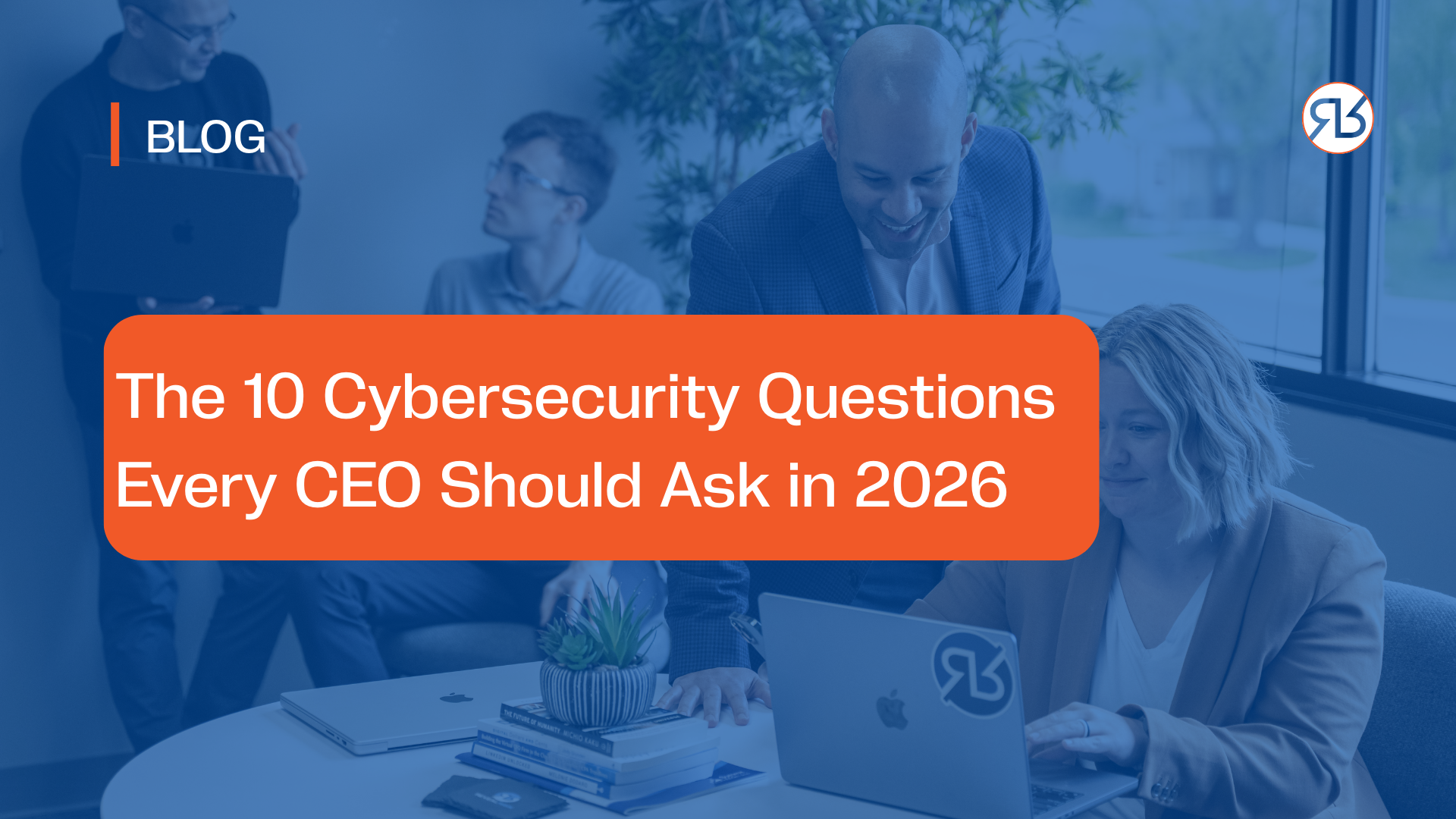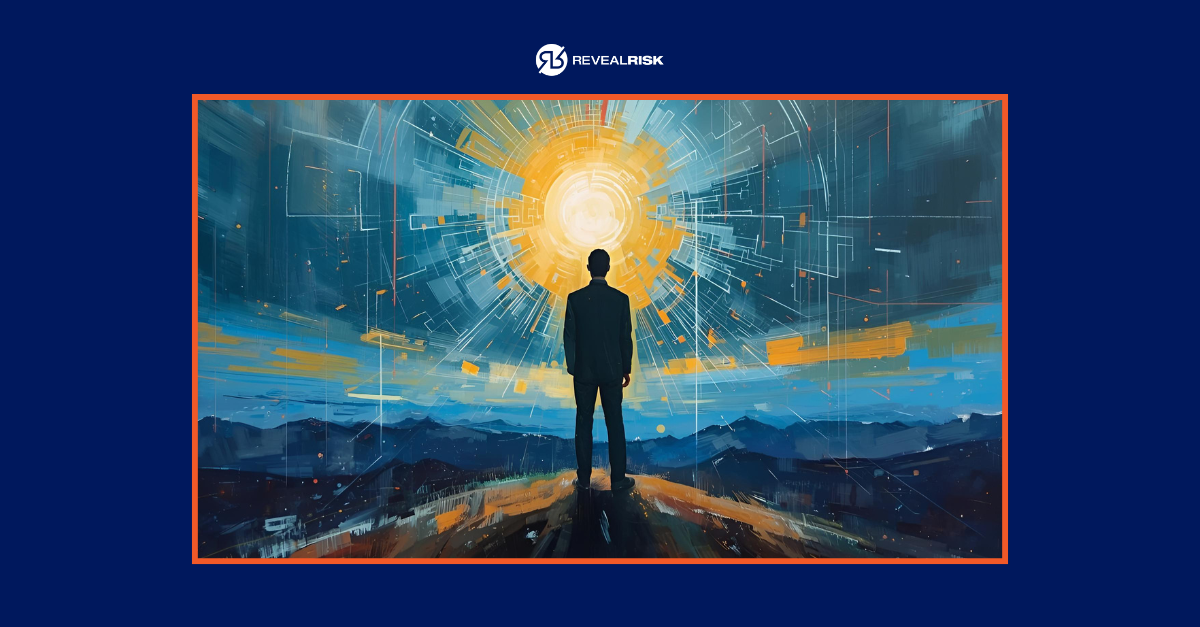Get cybersecurity results, not just reports.
Reveal Risk is a team of enterprise practitioners-turned-consultants who’ve experienced, first-hand, the big bills and big disappointments that come with Big 4 consultancies.
Our Product is our team. We have built and owned security strategies our entire careers. We understand budget constraints and persuading bosses. We know what fails and what succeeds.
Demand real-world experience. Explore our services.
Strategy & CISO Services
Strategic cyber leadership, on your terms. Our vCISO, Fractional CISO, and Cyber Roadmapping services deliver expert guidance and a clear path forward.
Cyber Risk Management
We've secured complex supply chains firsthand. Our expert Third-Party Risk Management, Supply Chain Security, and Information Classification services provide the vigilance you need.
Third-Party Risk Management
Supply Chain Security
Governance, Risk, and Compliance (GRC)
Stay current in an evolving regulatory landscape. Our expertise spans Compliance Readiness, M&A Security, Policy & Standard Management, and Security Risk Management.
Human Risk Management
Lists of dos and don’ts won’t give your employees security intuition. Principle-based awareness training will. Our Training & Awareness, Deepfake, and Organizational Change Management get people thinking about security in a new way.
Resiliency Planning
Hope isn't a strategy. Our Business Continuity, Disaster Recovery, and Incident Response Planning services help you prepare for anything and everything.
Business Continuity
Disaster Recovery
Incident Response Planning
Technical Services
We get 'under the hood.’ Our Penetration Testing, SecOps, Security Architecture, and Vulnerability Risk Management offerings will take a hard look at your IT infrastructure.
Penetration Testing
SecOps
Security Architecture
Vulnerability Risk Management
Trusted by many including
Industry experience makes all the difference.
We focus on the business objectives your industry cares most about. Intricate compliance? Simplified. Preventing downtime? Planned for. Protecting ePHI? Challenge accepted.
Healthcare, Pharmaceutical & Life Sciences
Retail
Manufacturing
Non-Profit
Their level of expertise, industry experience, and ability to quickly come up to speed add significant value at the major organizations they are helping. Their reliability, trust, and delivery will keep them very active in my current and future cyber programs.
Chief Information Security Officer (CISO) | Large Pharmaceutical Company
Working with Reveal Risk is the true definition of a partner. They work with us to achieve success in a very cost-effective manner by getting to know our company and being aware of our internal objectives and limitations so that they can provide the most value.
Information Protection and Awareness Director
Reveal Risk has a unique approach and talented practitioners. They use a creative and innovative approach and were able to bring some fantastic deepfake awareness to the company... using executives, video and live deepfake on stage.
Executive Director and COO of Cybersecurity | Indianapolis Pharmaceutical Company
From executive engagement to cyber leadership coaching to staff development and support, the Reveal Risk team has supported tactical assessments and strategic program initiatives. They recently facilitated our most engaged and energetic tabletop exercise. Their relational model and creative change management techniques help to relate complex technical topics across the organization. We’re grateful for the support of the Reveal Risk team!
CIO | Indiana-Based Regional Airlines
Get the latest from our team.

December 05, 2025
Cyber risk is business risk. CEOs aren’t losing sleep because they don’t care about...

November 04, 2025
October always feels like a weird, half-reset button for cyber vigilance.
.png)
October 14, 2025
When it comes to assessing your company's security posture, the options can seem overwhelming.

